The Canadian government announced Tuesday its plan for bringing in 25,000 Syrian refugees in the coming months.
The government has split the process up into five phases.
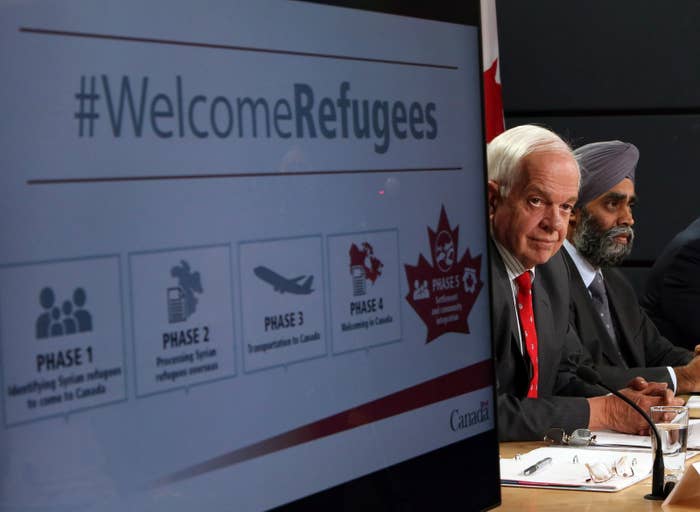
Here's how it will all work.
Phase 1: Picking who will come to Canada.
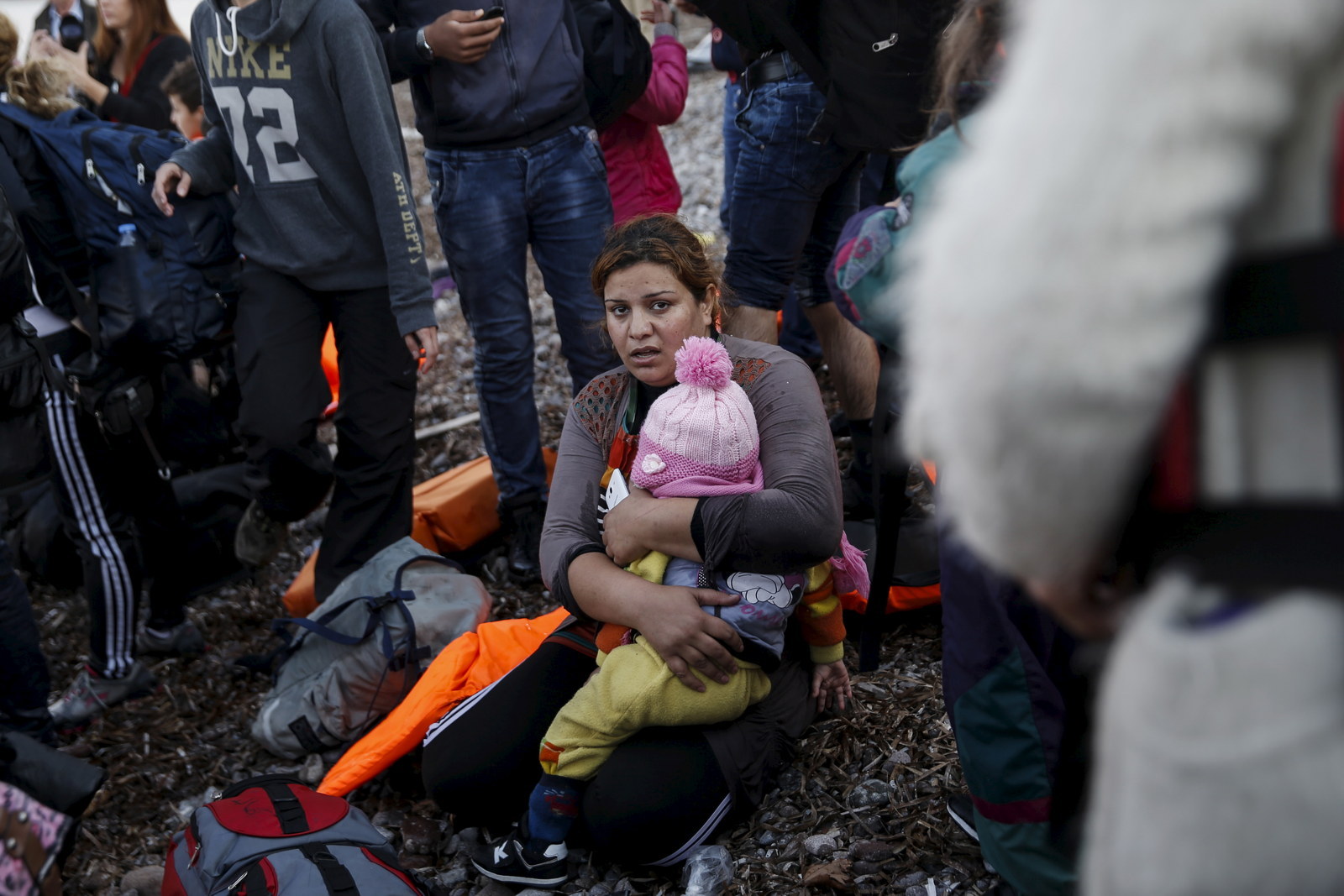
There are two ways Canada will bring in refugees: The government's own program and private sponsors. The government says it's already processing thousands of applications for both.
Canada will pick government-assisted refugees through the UN Refugee Agency (UNHCR) and the Turkish government. The government says it will choose the most vulnerable people: Families, women at risk, LGBT people, and single adult men if they're LGBT or accompanying their family.
Private groups can pick whoever they like.
In all cases, refugees have to be Syrian nationals or stateless people living outside Syria. They also have to be registered as refugees with Turkey or the UNHCR.
Once the refugees are picked by government and private groups, they will go to a UNHCR office for an identity check and iris scan. In some cases, the UNHCR will be using text messages to contact refugees who've been chosen.
Cost of phase 1: $17-21 million
Phase 2: Screening and interviews.
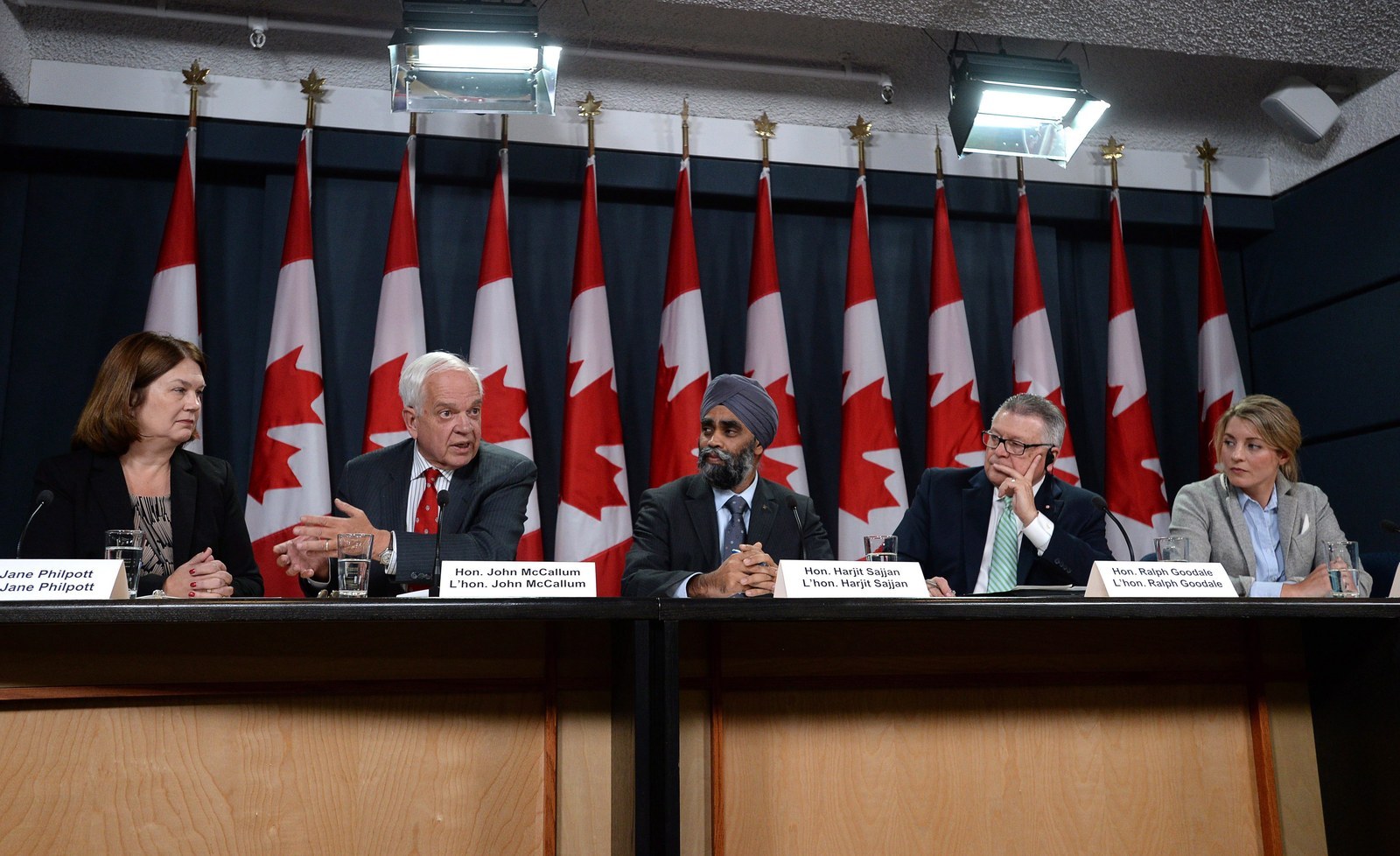
This part will happen overseas. About 500 Canadian government officials from various departments are on the ground.
Refugees will have interviews with visa officers, full medical exams, and security screening. The security screening will include getting the refugees' biographical information and biometrics, such as fingerprints and photos. That information will then be checked against immigration and police databases.
Once through this process, refugees will get permanent resident visas and flight plans will be made.
Cost of phase 2: $36-46 million
Phase 3: Getting to Canada.
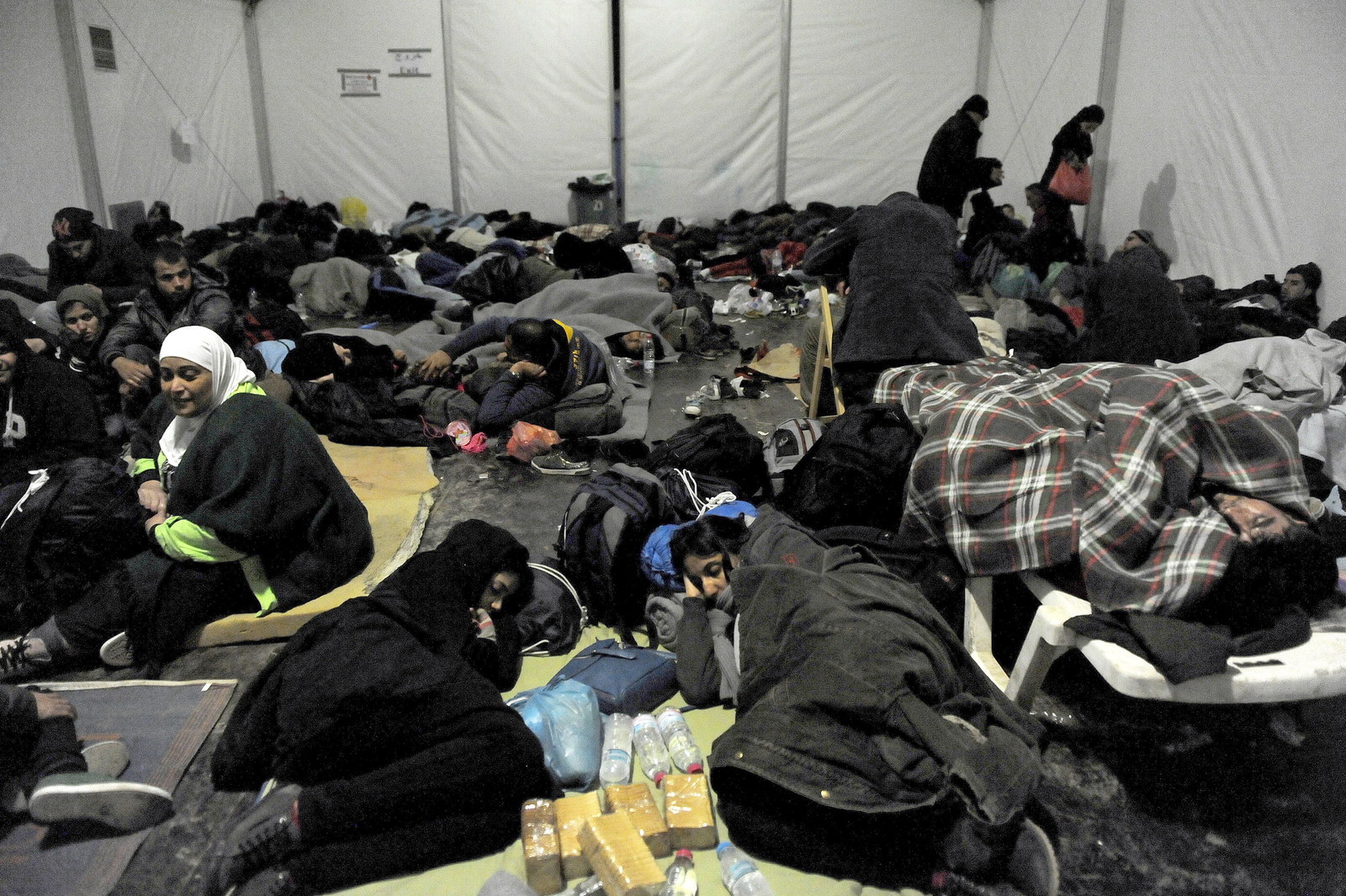
Refugees will mostly come to Canada on private chartered planes. The International Organization for Migration does a lot of the logistical planning. Military aircraft could also be used if needed.
Refugees will land in Montreal and Toronto. Canadian border agents will check the identities of the refugees before boarding and after landing. Refugees will also get a visual health check before boarding.
Cost of phase 3: $94-121 million
Phase 4: Getting to the community.

When they get to Canada, refugees will get another ID and visual health check, then go through the usual processing with border agents.
Privately sponsored refugees will then go to wherever their sponsor is located. Government-assisted refugees will go to one of dozens of communities identified as having the proper supports to help the refugees get settled. As a backup, refugees who don't yet have accommodations set up can stay at military bases.
Cost of phase 4: $325-377 million
Phase 5: Settling in.
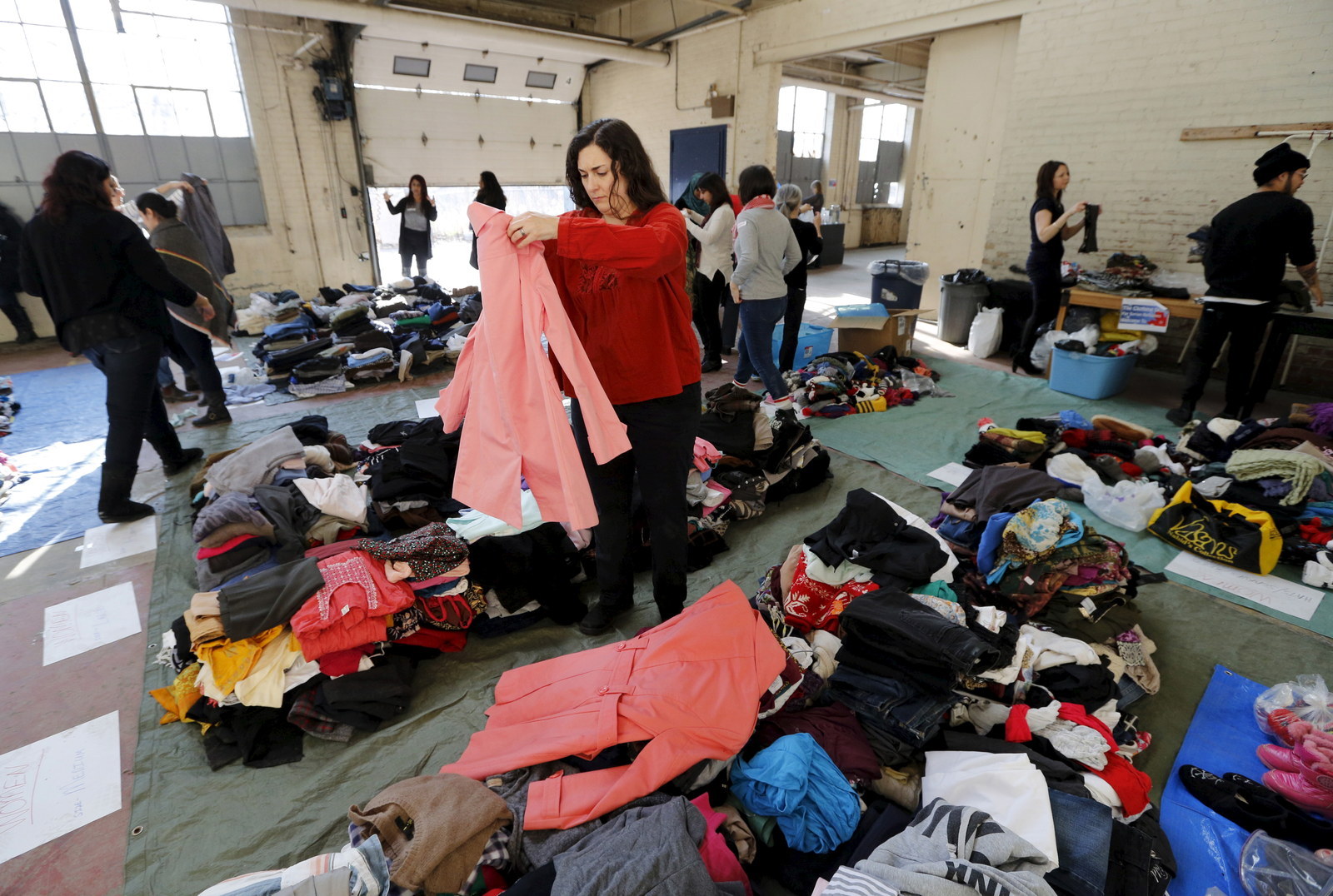
Government-assisted refugees will either get money from the federal government or the Quebec provincial government (if they end up there) for clothing, household items, food, and more. The amount will be similar to social assistance, the government said, and will last for either one year or until the refugees can support themselves.
Canada already has support services and networks set up to resettle refugees, but the government looking at beefing up them up. The supports include everything from language services and counseling to help getting a bank account and housing set up.
Privately sponsored refugees can also access a lot of those services.
Cost of phase 5: $31-36 million
Total cost: $564-678 million.
